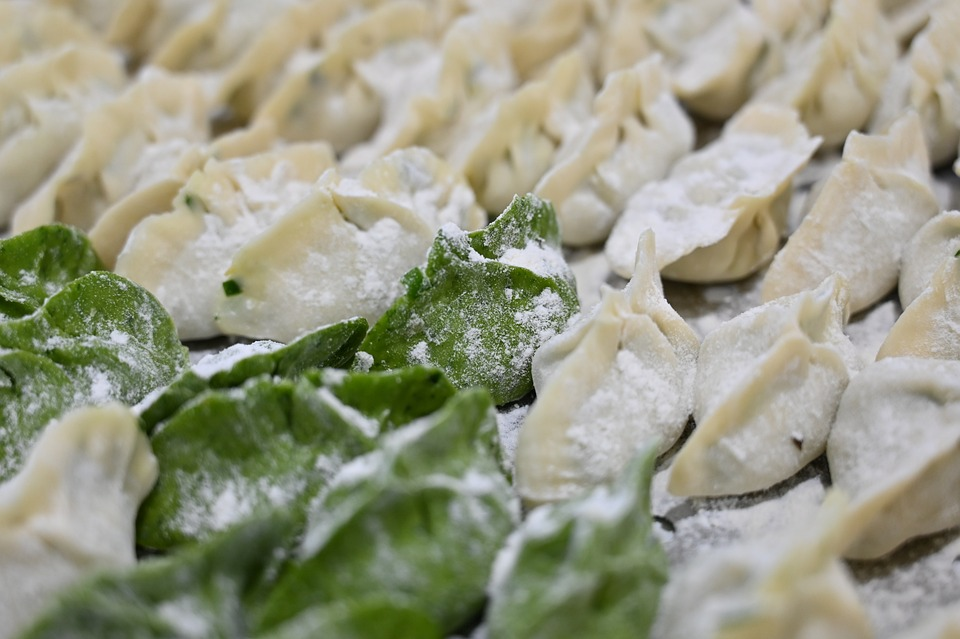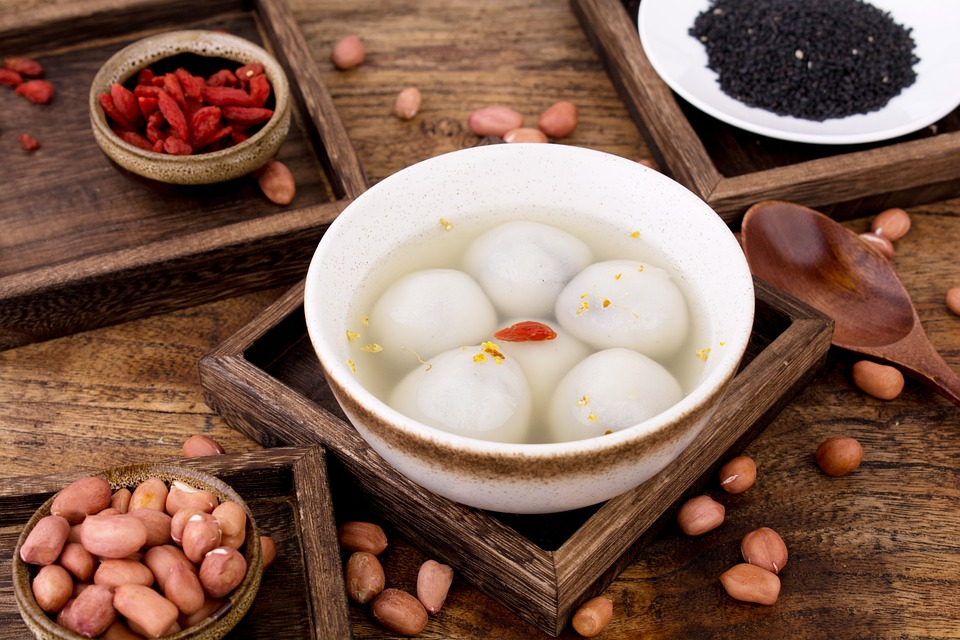Winter Solstice
The winter solstice has both natural and humanistic connotations. It is not only an important solar term among the 24 solar terms, but also a traditional ancestor worship festival among Chinese people. The winter solstice is one of the four seasons and eight festivals, and is regarded as a major festival in winter. In ancient times, there was a saying among the people that "the winter solstice is as important as the new year." Winter Solstice customs vary in content or details depending on the region. In southern China, there is a custom of worshiping ancestors and feasting during the Winter Solstice. In northern China, there is a custom of eating dumplings on the winter solstice every year.
Historical Origins
China's astrology culture has a long history and is extensive and profound. The twenty-four solar terms were originally formulated based on the changes in the stars. In different seasons and at different times, the Big Dipper will point in different directions. The winter solstice is known as the "Sun South Solstice" and is a solar term that reflects the movement of direct sunlight. On the winter solstice, the sun travels to the extreme south, and the sun's rays shine directly on the Tropic of Cancer. From the winter solstice, the sun's direct point returns to the north. The winter solstice is the turning point of "the sun travels to the south and returns to the north". After that, the sun's height rises again, and all parts of the northern hemisphere The days grow longer day by day. The winter solstice marks the rebirth of the sun and the start of a new cycle of the sun's back-and-forth movement. The winter solstice is an auspicious day. After the winter solstice, the days get longer day by day. The sun rises again, which is the beginning of a round-trip cycle of direct sunlight. It should be celebrated.
Astronomy
The winter solstice, as an important node in China's 24 solar terms, is the day with the shortest day and the longest night north of the equator. The winter solstice is the peak of the sun's southward journey, and on this day the sun is at its smallest height in the northern hemisphere. On the winter solstice, the sun's rays shine directly on the Tropic of Capricorn, and the sun's rays are most tilted toward the northern hemisphere. The winter solstice is the turning point of the sun's southward journey. After this day, the direct point of the sun begins to move north from the Tropic of Capricorn (23°26′S), and the daylight hours in the northern hemisphere will increase day by day. Daylight will be getting longer in the Northern Hemisphere every day. Because the Earth is located near perihelion around the winter solstice and moves slightly faster, this causes the time the sun shines directly on the southern hemisphere to be about 8 days shorter than the time it shines directly on the northern hemisphere. Therefore, winter in the northern hemisphere is slightly shorter than summer.
Meteorological Changes
After the winter solstice, although the sun's altitude angle gradually increases, this is a slow recovery process. The heat lost every day is still greater than the heat received, showing a situation of "making ends meet". After Winter Solstice, the heat accumulation is the least, the temperature is the lowest, and the weather becomes colder and colder. China has a vast territory, and the climate and landscape vary greatly from place to place. Although the days on the winter solstice are short, the temperature on the winter solstice is not the lowest; it will not be very cold before the winter solstice because there is still "accumulated heat" on the surface, and the real cold winter will occur after the winter solstice. Due to the huge differences in climate across China, this astronomical climate characteristic is obviously late for most areas in China.
After the winter solstice, the climate in various parts of China will enter the coldest stage, which is often referred to as "Coming into Nine" and "Counting Nine". The so-called "counting nines" means counting from the winter solstice, every nine days is a "nine", and a total of nine nines is counted, which is eighty-one days. "The peach blossoms bloom after counting nine", and the cold air is gone at this time. This is "Out of Nine" or "Ending Nine", and the cold winter turns into the warmth of spring.
Phenological Phenomena
Some ancient Chinese literary works divide the winter solstice into three periods: "The first period is when earthworms knot; the second period is when elk antlers fall off; and the third period is when water springs move." This means that the earthworms in the soil are still curled up, and the elk feel the warm weather and shed their antlers. Since the sun's direct point returns to the north after the winter solstice, the sun's back-and-forth movement enters a new cycle. The sun's height rises and the day length increases, so the spring water in the mountains can flow at this time.
Farming Activities
Around the winter solstice is a good time to build water conservancy projects, carry out farmland infrastructure construction, and accumulate fertilizer. In the Jiangnan region of China, the management of winter crops should be strengthened. The hardened winter soil that has not yet been ploughed should be ploughed to loosen the soil, enhance water storage and retention capacity, and eliminate overwintering pests. In southern coastal areas where spring planting has begun, rice seedlings must be carefully protected from the cold.
Traditions
Eat dumplings
In many areas of northern China, there is a custom of eating dumplings on the winter solstice every year. In northern China, dumplings are eaten on this day because dumplings have the meaning of "repelling cold".

Eat soup round
Eating soup round is a traditional custom during the Winter Solstice, especially popular in Jiangnan. Soup round is an essential food during the Winter Solstice.

Painting Nine The so-called painting nine is actually a picture for calculating the date of spring after the winter solstice. The "Nine-Nine Cold-repelling Picture" has three patterns, namely words, circles and plum blossoms. Painting plum blossoms means that starting from the winter solstice, draw a branch of plain plum blossoms with nine plum blossoms on the branch. Each plum blossom has nine petals, a total of eighty-one petals, which represents the eighty-one days of "counting nine days". Each flower represents a "nine", and each petal represents a day. Every day, a petal is dyed with a color. After dyeing the nine petals,"Nine-Nine" is ended.
The so-called painting nine is actually a picture for calculating the date of spring after the winter solstice. The "Nine-Nine Cold-repelling Picture" has three patterns, namely words, circles and plum blossoms. Painting plum blossoms means that starting from the winter solstice, draw a branch of plain plum blossoms with nine plum blossoms on the branch. Each plum blossom has nine petals, a total of eighty-one petals, which represents the eighty-one days of "counting nine days". Each flower represents a "nine", and each petal represents a day. Every day, a petal is dyed with a color. After dyeing the nine petals,"Nine-Nine" is ended.
(resource: Baidu Encyclopedia)




